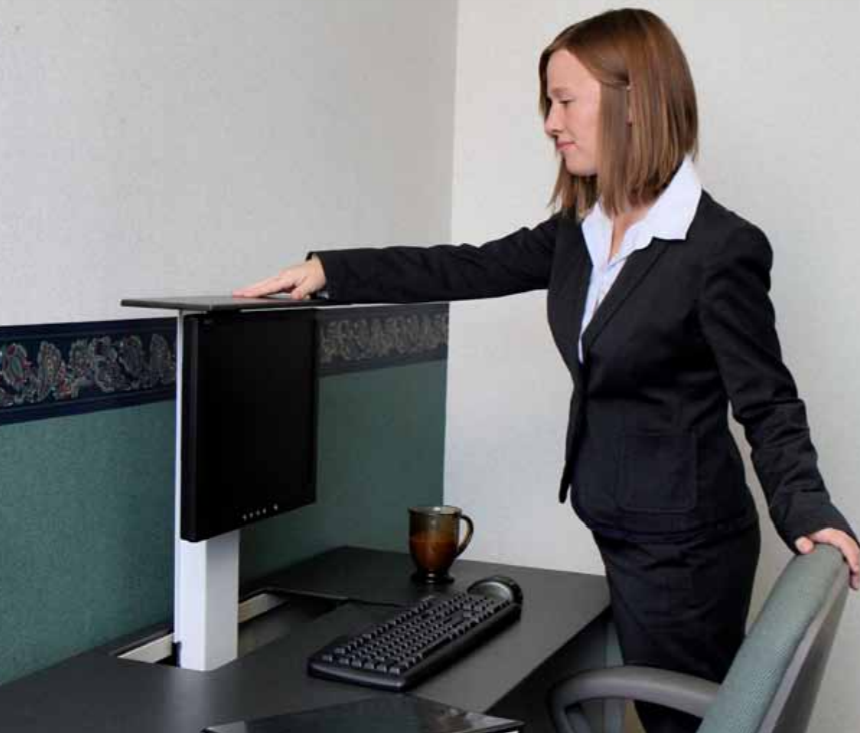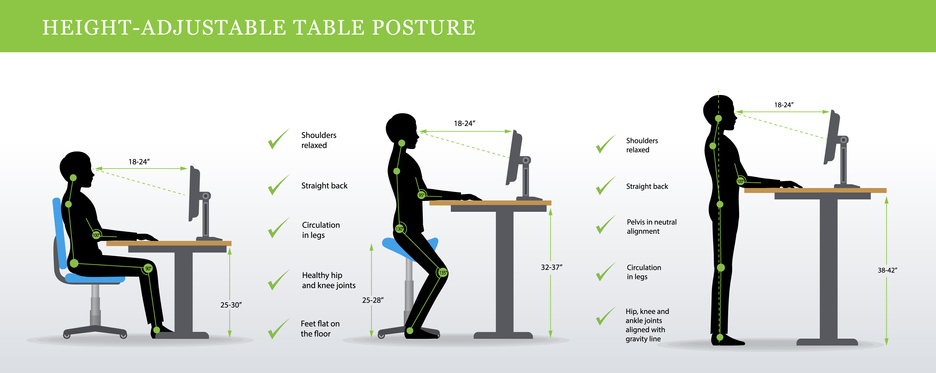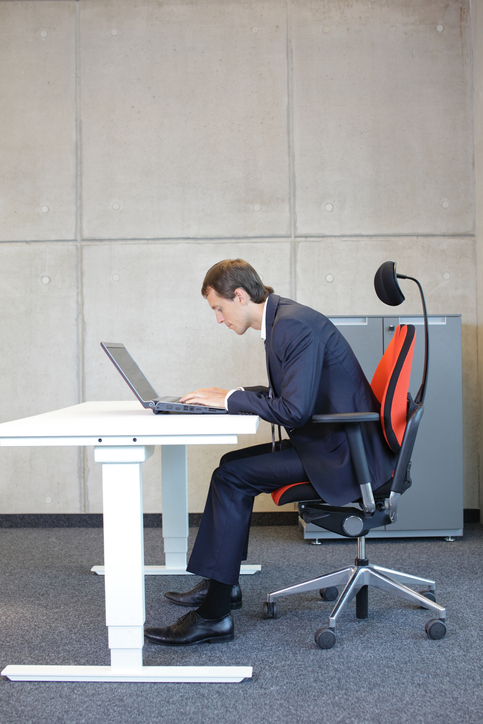4 Reasons Why Office Ergonomics is Important
- A healthier staff
- More productive workers
- Fewer workplace injuries/fewer workers’ compensation claims
- Boosted employee satisfaction and morale
|
The Great Resignation has forever changed the workplace. It doesn’t matter if you’re hiring for an office environment, a healthcare setting, or a manufacturing floor, many employers are facing labor shortages. In fact, more than 40 percent of the workforce is weighing employment options.
Keeping employees happy and healthy may be more important than ever.
Read More
Topics:
Ergonomics,
Safety,
office equipment
With the entire millennial generation now in the workforce, the modern office is changing. “Wellness” and “mobility” have new meanings. Workers’ expectations are evolving, especially in light of the increased remote work movement after the COVID-19 pandemic.
Read More
Topics:
Ergonomics,
Design
Keep this work from home ergonomics checklist in mind when transitioning into remote working:
- Workspace mobility
- Work/home distinction
- Good posture and comfort
- Ergonomic opportunities
|
Read More
Topics:
Ergonomics,
office equipment
Is standing at work healthier than sitting? Yes, but even employees with a sit-stand desk don’t want to be on their feet all day.
Read More
Topics:
Ergonomics,
Safety,
office equipment
Books can be timeless -- until they’re in tatters.
Read More
Topics:
Applications,
Ergonomics,
Motion Control,
Durability,
Cost
So you’ve read up on the benefits of ergonomic office products. You’ve heard rave reviews about the top ergonomic office chairs, ergonomic computer solutions (i.e. advanced keyboard mechanisms and adjustable monitor arms), and desktop components for training desks.
Read More
Topics:
Applications,
Ergonomics,
Motion Control,
Cost,
office equipment
An eight-hour workday can make staying alert and fully focused a challenge for even the most invested employees. Standing desk ergonomics can go a long way toward improving focus over the course of the workday. It also puts you in a better mood, since your body releases endorphins while standing.
Read More
Topics:
Ergonomics,
Aesthetics,
office equipment
Motion and perceived quality are closely linked. When a lid, cover, or door moves smoothly with just the “right” amount of effort, users can tell it's a high quality product.
Read More
Topics:
Counterbalances,
Ergonomics,
Motion Control,
Design
Ergonomics is a recognized factor in employee health, productivity and workplace safety. Facilities that do not budget for and pay attention to ergonomics see employees with repetitive stress injuries, distracted from their work, and less than thrilled to be there.
Read More
Topics:
Ergonomics,
Motion Control,
Design,
office equipment
Staff efficiency is improved when priority is given to ergonomics. For example, investing in an ergonomic keyboard means a typist can improve speed, cut back on mistakes and spend more time typing and less on breaks.
Read More
Topics:
Ergonomics,
Design,
Engineering,
Safety,
office equipment
.png?width=12000&height=2033&name=WeberKnappLogo_white%20(1).png)










